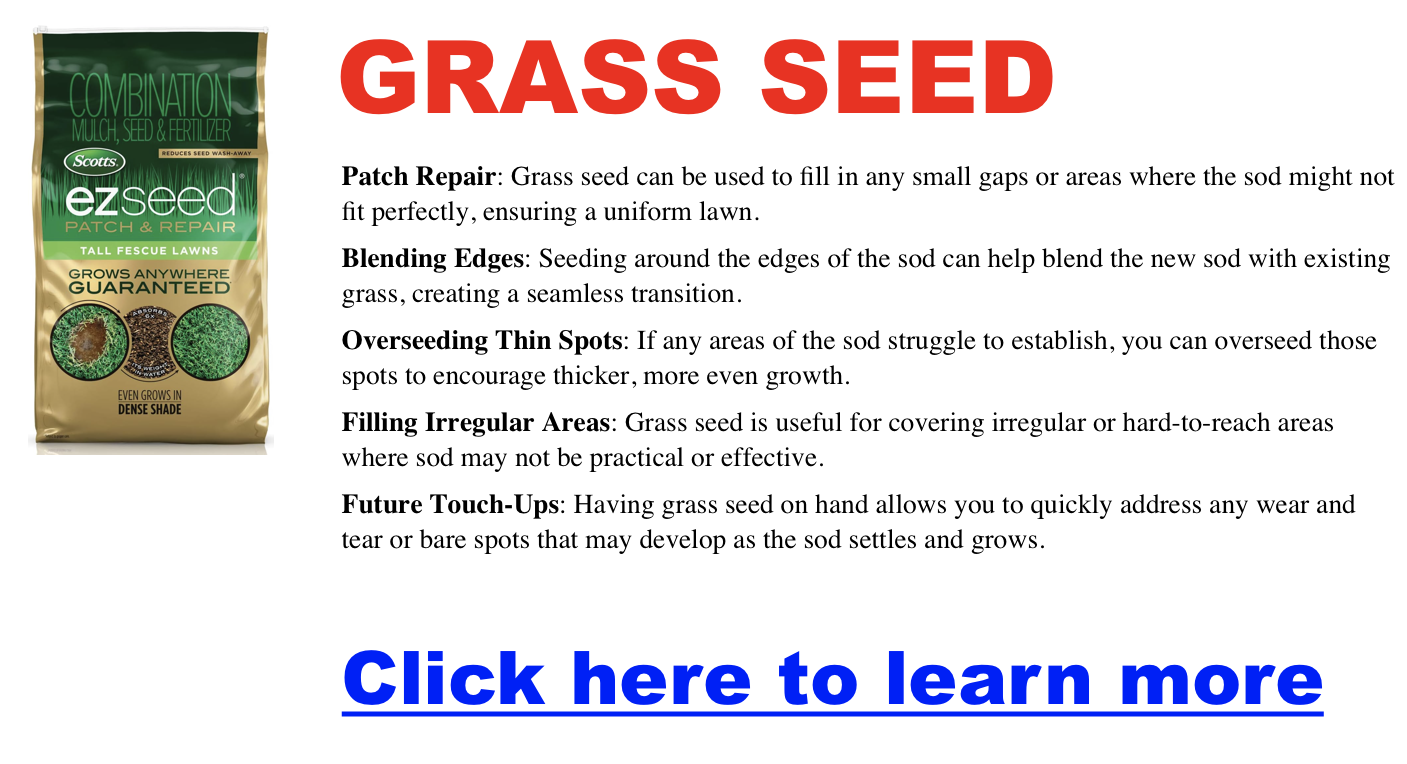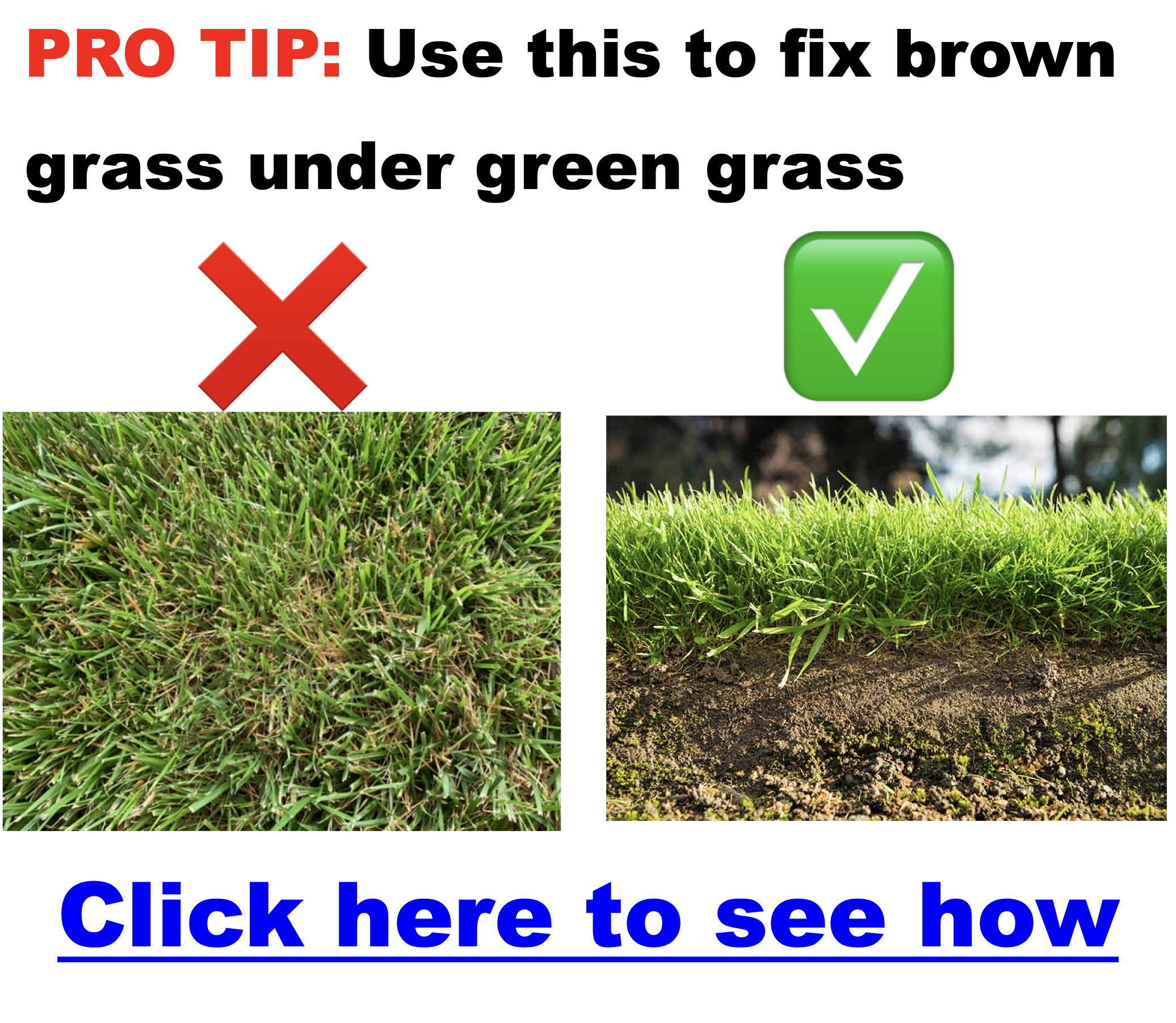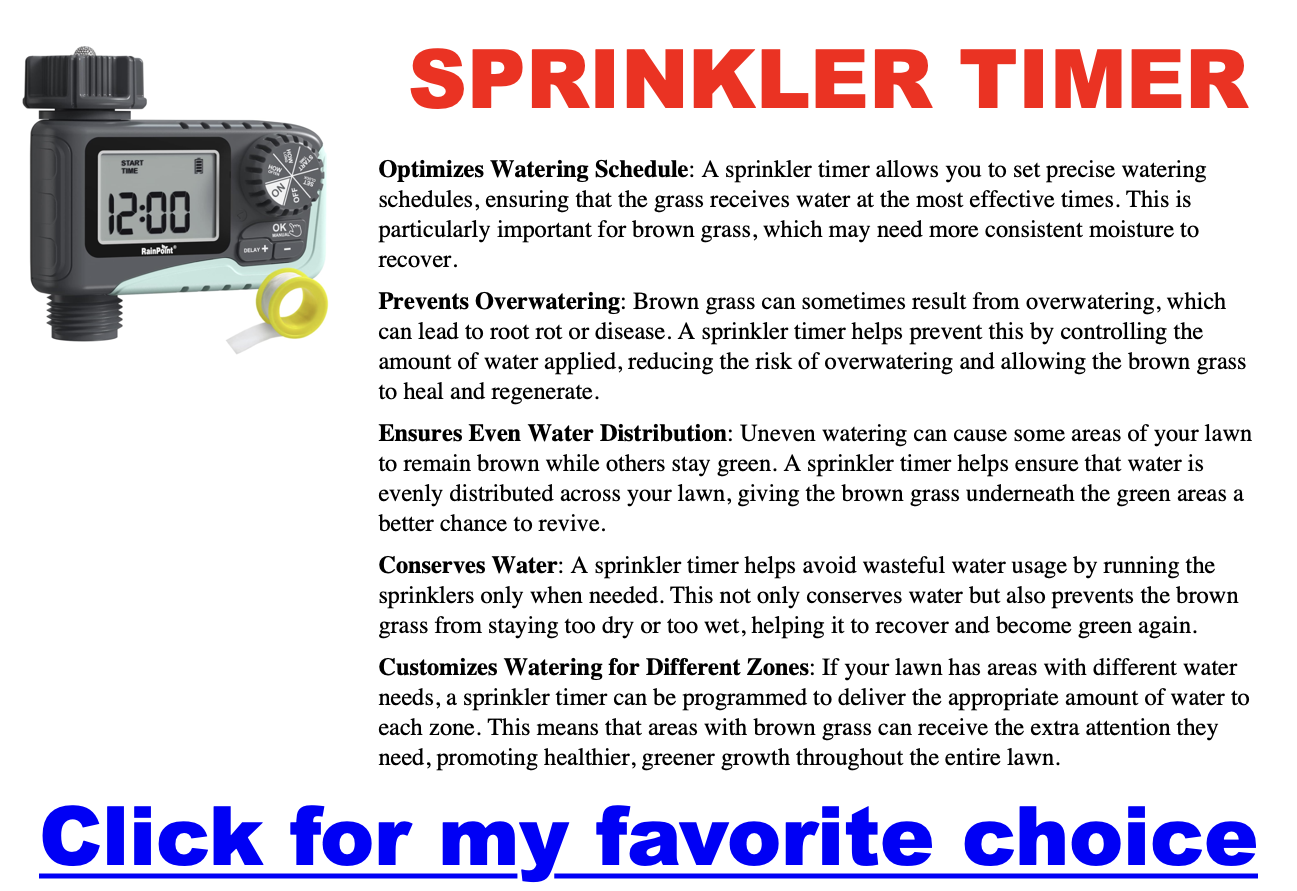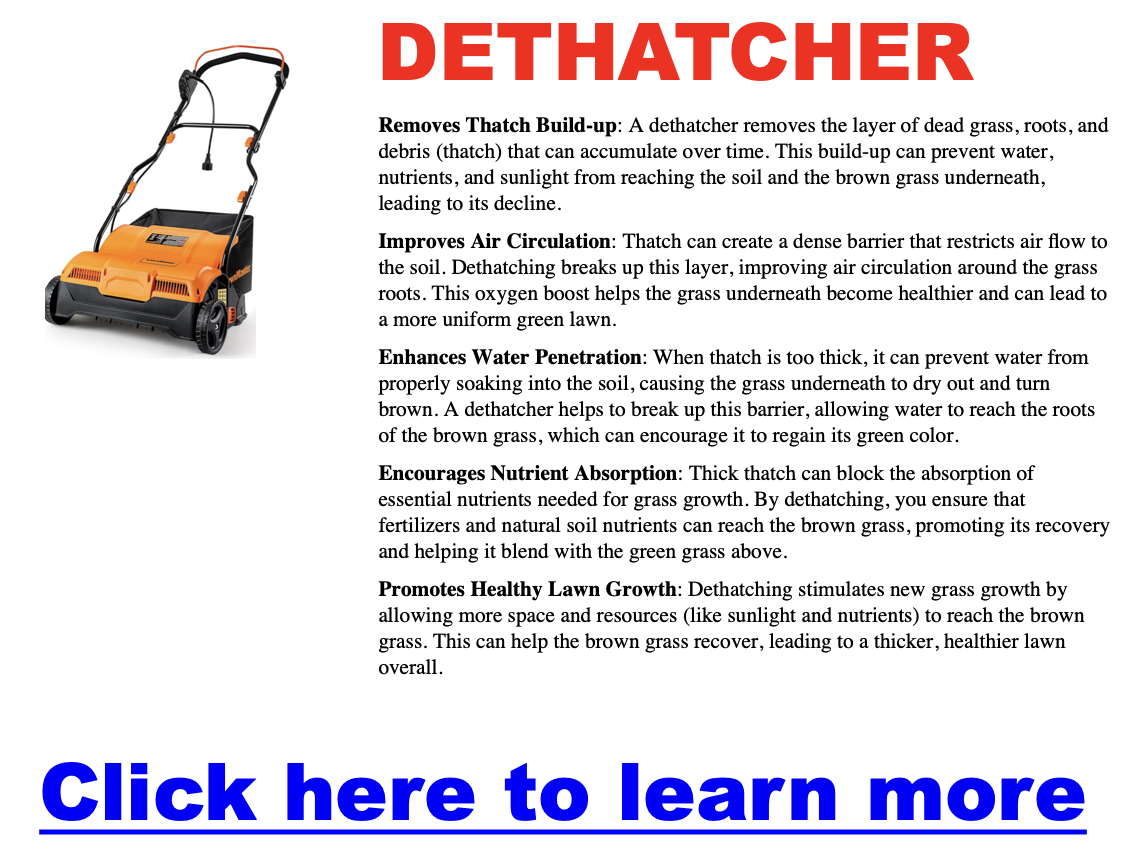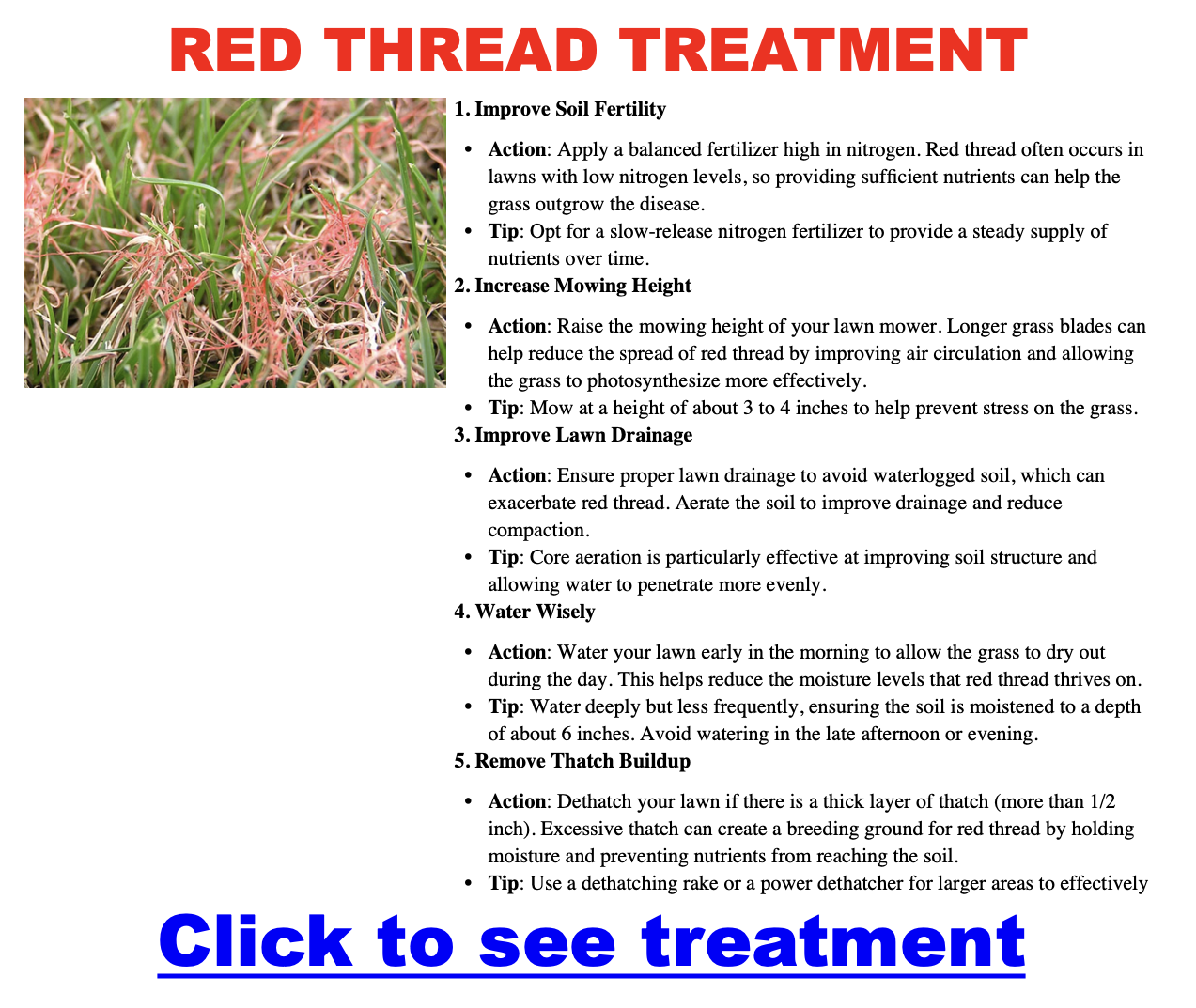Uncategorized
How Much Sod is in a Roll: Size and Weight of a Sod Roll
Transforming a barren patch of land into a lush, green oasis is every homeowner’s dream. The key to achieving this transformation swiftly and effectively lies in the magic of sod. Unlike the slow and uncertain process of growing grass from seed, sod offers an instant solution to landscaping challenges, providing immediate aesthetic appeal and functionality to any outdoor space. Sod, often referred to as turf, is essentially a ready-made lawn. It consists of mature grass and a soil layer, held together by the grass’s root system or a thin layer of biodegradable material. This pre-grown grass is harvested in rolls or slabs from sod farms where it is grown under expert care to ensure health, density, and uniformity.
How Many Square Feet in a Roll of Sod
A roll of sod typically covers about 10 square feet. This will vary slightly depending on the supplier and the region, but 10 square feet is a common standard for many sod rolls, especially in the northern cool season markets. This standard size helps in calculating how much sod you’ll need for your landscaping project by simply multiplying the square footage of the area to be covered by sod with the size of a single roll.
Choosing sod for your landscape project offers a unique advantage – instant gratification. Unlike seeding, which requires time for germination and growth, sod installation results in an immediate green lawn. This makes it an excellent choice for homeowners looking to improve their home’s curb appeal quickly, for event planning, or to prevent soil erosion in areas prone to damage from rainwater runoff.
What Are the Pros and Cons of Installing Sod?
Pros
- Instant Lawn: The most compelling advantage of sod is its ability to transform a bare plot into a lush, green lawn almost immediately. This is particularly beneficial for quick aesthetic upgrades or when you need to use the area soon after installation.
- Erosion Control: Sod helps to prevent soil erosion.
- Weed Resistance: Due to its thickness and maturity, sod is less susceptible to weed invasions compared to newly seeded areas. This means less weeding and a cleaner lawn appearance.
- Versatility: Sod can be installed in almost any season, as long as the ground isn’t frozen. This flexibility allows homeowners in various climates to plan landscaping projects throughout the year.
- Water Efficiency: Once established, sod often requires less irrigation compared to seed. It’s already mature, so it typically adapts to the local environment quicker, leading to more efficient water usage over time.
Cons
- Cost: The primary drawback of sod is its cost. Purchasing pre-grown sod is more expensive than seeding. The initial investment includes the sod itself and potentially the cost of professional installation.
- Limited Variety: While there is a range of sod types available, the selection is generally not as extensive as that of grass seed. This could limit your options if you’re seeking a specific grass type for your lawn’s aesthetic or climate needs.
- Immediate Care: Sod requires significant attention immediately after installation, including frequent watering and monitoring for pests or diseases. This initial intensive care is crucial for its success.
- Soil Preparation: Healthy soil can mean additional labor and resources to prepare the ground before laying the sod. If the soil isn’t healthy, the new sod won’t thrive.
- Potential for Poor Rooting: If not properly installed or maintained, sod may have difficulty establishing a strong root system. This can lead to issues with water absorption, nutrient uptake, and overall health of the lawn.
Use our landscaping calculator!
Types of Sod
| Type of Sod | Climate Suitability | Characteristics | Ideal Use |
|---|---|---|---|
| Bermuda Grass | Hot, sunny climates | Durable, drought-resistant, quick growth, fine texture, deep green color | High-traffic areas like sports fields and residential lawns |
| St. Augustine Grass | Warm, coastal climates | Broad, flat blades, rich green color, shade-tolerant | Lawns with moderate to high shade |
| Zoysia Grass | Both cool and warm climates | Slow growth, dense carpet-like texture, soft, drought-resistant once established | Lawns where a premium, lush appearance is desired |
| Kentucky Bluegrass | Cooler, northern climates | Fine texture, vibrant green-blue color, excellent cold tolerance, recovers well from damage | Lawns experiencing cold winters and mild summers |
| Fescue | Cooler climates; some varieties adapt to warmer temperatures | Several types, including tall Fescue known for drought tolerance and thriving in shade | Lawns with varied conditions, including shady and dry areas |
Choosing the Right Sod
Selecting the right type of sod involves considering several factors:
- Climate: Choose a grass type that will thrive in your local weather conditions.
- Soil Type: Some grasses prefer sandy soil, while others do well in clay. Test your soil to determine which grass will be most compatible.
- Sun Exposure: Some grass types require full sun, while others can tolerate or even prefer shade.
- Water Requirements: Depending on your region’s water availability and restrictions, opt for a drought-resistant variety if necessary.
- Traffic: High-traffic areas need durable grasses like Bermuda or Zoysia that can withstand wear and tear.
How Many Square Feet in A Roll of Sod: Understanding Different Types
Click here to see my favorite liquid lawn fertilizer with sprayer
Single Slab Rolls
- Description: These are the smallest units of sod, often used for small patches or residential projects where precision is needed, or minimal area needs to be covered.
- Size and Coverage: A single slab of sod usually covers about 1 to 2.5 square feet. They are manageable by hand and ideal for detailed work or small spaces.
Mini Hand Rolls
- Description: Mini hand rolls are a step up from single slabs, offering a balance between coverage and manageability. These rolls are suitable for medium-sized projects that require more coverage but where full-size rolls might be impractical.
- Size and Coverage: These rolls typically cover between 5 to 10 square feet, making them manageable for one or two people to handle and lay down without specialized equipment.
Large Rolls
- Description: Large rolls are designed for expansive areas and commercial projects. They require machinery to move and install due to their size and weight but offer the most efficient way to cover large spaces quickly.
- Size and Coverage: Large rolls can cover anywhere from 20 to as much as 50 square feet per roll.
Ordering and Installation Considerations
- Measure Accurately: Ensure you measure your project area precisely to determine how many rolls of each type you might need.
- Factor in Overlap: When laying sod, overlapping the edges slightly can prevent gaps, so consider ordering a bit extra to account for this.
- Plan for Transportation and Installation: For larger rolls, ensure you have the necessary equipment or manpower to handle the sod upon delivery.
How Much Does Sod Weigh?
The weight of sod can vary significantly based on its type, soil moisture, and the thickness of the sod cut. Understanding these weights is essential for planning the logistics of your sod installation project, including transportation and labor requirements. Here’s an overview of how much different types of sod might weigh, keeping in mind that these are approximate values and actual weights can vary.
Bermuda Grass
- Weight Range: 15 to 30 pounds per roll. Bermuda grass has a fine texture, which might make it slightly lighter than some other types, but soil moisture can significantly affect its weight.
- Augustine Grass
- Weight Range: 20 to 40 pounds per roll. St. Augustine grass typically has broader leaves and a denser root system, contributing to its heavier weight compared to some other grass types.
Zoysia Grass
- Weight Range: 15 to 30 pounds per roll. Zoysia’s dense, carpet-like texture means rolls can be pretty heavy, especially if the soil is wet.
Kentucky Bluegrass
- Weight Range: 15 to 25 pounds per roll. Kentucky Bluegrass, with its fine texture and relatively shallow root system, tends to be on the lighter side of the sod weight spectrum.
Fescue
- Weight Range: 20 to 35 pounds per roll. Fescue varieties, especially tall fescue, have a robust root system and dense foliage, making their rolls heavier.
Factors Influencing Sod Weight
- Soil Moisture: Sod that has been recently watered or harvested during wet conditions will weigh significantly more due to the water content in the soil.
- Sod Thickness: The depth at which sod is cut can vary, with thicker cuts including more soil and roots, thus increasing the weight.
- Roll Size: The dimensions of the sod roll also play a crucial role in determining its weight. Larger rolls designed for commercial projects can weigh substantially more.
What Are Some Tips for Installing Sod?
Here are step-by-step tips to ensure your sod takes root and flourishes:
Soil Preparation
- Clear the Area: Remove weeds, debris, and old grass. Start with a clean slate for the best results.
- Soil Testing: Test to determine nutrient needs and to make sure it has the right pH and nutrient levels.
- Level the Ground: Use a rake to level the soil. This helps prevent water pooling and ensures the sod makes good contact with the soil.
Laying the Sod
- Start with Straight Lines: Lay sod along a straight edge, like a driveway or sidewalk.
- Stagger the Joints: Use a brickwork pattern to avoid long seams that can dry out. Staggering the joints helps with stability and appearance.
- Roll the Sod: A lawn roller will help press the sod into the soil, removing air pockets and ensuring good root-to-soil contact.
Watering
- Initial Watering: Water thoroughly immediately after installation, soaking the sod and the soil beneath. This is crucial for root establishment.
- Consistent Moisture: Keep the sod moist for the first two weeks. Water daily or more often during hot, dry conditions to ensure the roots don’t dry out.
Mowing and Traffic
- First Mow: Wait two to three weeks before mowing, and use a high setting.
- Limit Traffic: Keep foot and pet traffic to a minimum until the sod has established. This helps avoid shifting and compaction.
Monitoring
- Watch for Pests and Diseases: Early intervention can prevent serious damage to your new lawn.
- Adjust Watering: As the sod establishes, gradually reduce watering frequency but increase depth to encourage deeper root growth.
How Can I Maintain My Sod?
After successfully installing your sod, proper maintenance is vital to ensure it grows into a healthy, robust lawn. Here are essential tips to keep your sod in top condition:
Watering
- Deep and Infrequent: Transition to deeper, less frequent watering to encourage roots to grow deeper, enhancing drought resistance.
- Morning Watering: Water in the early morning to reduce evaporation and fungal growth.
Mowing
- Height: Keep the grass at its optimal height, typically between 2.5 to 3.5 inches, depending on the grass type. Cutting too short might stress the grass and make it prone to weeds and diseases.
- Frequency: Mow often enough that no more than one-third of a grass blade is removed at a time. This practice keeps the lawn healthy and prevents thatch buildup.
- Sharp Blades: Use sharp mower blades to ensure clean cuts, which help prevent disease from spreading in the grass.
Fertilization
- Test Soil: Test your soil to determine nutrient needs. Over-fertilizing can harm your lawn, while under-fertilizing can lead to weak growth and sparse coverage.
- Fertilizer Type and Schedule: Use a fertilizer that matches your grass type and climate. Generally, fertilizing in the spring and fall is recommended for cool-season grasses, while warm-season grasses benefit from summer fertilization.
Weed Control
- Early Intervention: Address weeds early before they can establish and spread. Use a pre-emergent herbicide if necessary and spot-treat weeds with a post-emergent herbicide, ensuring it’s safe for your type of sod.
- Manual Removal: For minor weed issues, manual removal may be sufficient. Ensure you get the roots to prevent regrowth.
Aeration
- Annual Aeration: Perform aeration once a year to alleviate soil compaction, allowing air, water, and nutrients to penetrate deeper into the soil. This process is especially beneficial for high-traffic lawns.
Dethatching
- When Necessary: If the thatch layer becomes thicker than 1/2 inch, dethatching might be necessary to ensure water and nutrients can reach the soil.
Brown grass underneath green grass 5 common causes explained
At first glance, your lawn appears healthy and vibrant. But beneath the surface, you might notice something less reassuring—patches of dry, brown grass hiding below the green blades. What’s really going on? This hidden issue is surprisingly common, and understanding the underlying causes can help you restore your lawn’s full health.
While you’re improving your lawn, why not consider transforming your entire yard? Use our free Landscaping Cost Calculator to plan your dream landscape — and explore over 7,000 professional landscaping ideas for inspiration.
Why Is Grass Brown Beneath the Green Surface?
There are a few typical reasons for this layered appearance. Below are five common causes—and how to tackle each one effectively:
Thatch Accumulation: The Suffocating Middle Layer
Click here for my favorite liquid dethatcher
Definition: Thatch is a layer of undecomposed roots, stems, and debris that builds up between the soil and the green blades.
Problems it causes:
- Restricts water, air, and nutrient flow
- Encourages disease and root suffocation
How to identify it:
- Cut out a small wedge of grass and inspect the thickness of the brown spongy layer
- A layer thicker than half an inch usually needs attention
Solution:
- Remove excess thatch.
Old Growth Hangover: Residual Grass from Past Seasons
Definition: Dead blades left over from a previous season that haven’t broken down yet
Why it happens:
- Common in seasonal transitions (especially spring)
- New growth pushes up through older, dead material
Solution:
- Rake thoroughly to remove old debris
- Regular spring & fall cleanups promote healthier lawns
Too Much Water: Oversaturation and Root Stress
Definition: When a lawn receives more water than it can absorb, roots become deprived of oxygen
What to watch for:
- Soil that stays soggy
- Browning grass at the lower layers
Solution:
- Water only once or twice per week, deeply
- Aim for about one inch of water weekly, including rainfall
- Improve drainage in problem areas
Limited Sunlight or Poor Airflow: A Lawn That Can’t Breathe
Definition: Grass hidden under dense canopies or compacted soil doesn’t get the light or circulation it needs
Contributing factors:
- Shady areas beneath trees or next to structures
- Grass that’s cut too short or growing too thick
Solution:
- Raise mower blades to recommended heights (usually 2.5–3.5 inches)
- Trim trees to allow more light
- Aerate compacted areas once or twice a year
Fungal Lawn Diseases: Trouble from Below
Definition: Lawn fungi often strike the base of the grass first, working upward
Signs to look for:
- Circular brown patches
- A musty or sour odor
- Wet, matted, or discolored lower blades
Solution:
- Apply a lawn-safe fungicide if symptoms appear
- Avoid watering in the evening
- Reseed or patch affected areas if needed
Quick Reference: Common Causes and Fixes
IssueVisible SignRecommended Action
Thatch Buildup Thick brown mat below green grass Dethatch manually or with powered equipment
Dead Grass Layer Brown blades from prior growth Rake and remove old matter
Overwatering Soggy soil, browning underneath Reduce watering, improve drainage
Lack of Light/Air Thin, pale, or brown in shaded areas Raise mower height, aerate, trim trees
Fungal Disease Discoloration, patchy growth Apply fungicide, adjust watering practices
What You Can Do Today
A few small changes in how you care for your lawn can help prevent brown grass from building up beneath the surface:
Assess Your Lawn:
- Inspect for compacted soil or a thick thatch layer
- Check how much sunlight your lawn receives
- Observe your watering schedule
Make Adjustments:
- Rake away old debris
- Aerate compacted soil
- Water wisely (morning, not evening)
- Apply treatment for fungus only if needed
Your lawn doesn’t have to be a mystery. With a little attention, you can ensure it’s just as healthy below the surface as it looks from above.
Why is my grass turning red
You step outside, expecting a lush, green lawn, but instead, you see red or pink patches spreading through your grass. Before you panic, know this: it’s a common issue, and if you catch it early, it’s very manageable. However, if ignored, it could weaken your lawn and make it more vulnerable to other diseases and pests. Here’s what it means and exactly what to do about it.
Why Is Your Grass Turning Red?
The most common reason for red or pink-colored grass is a fungal disease called Red Thread. It often appears during cool, damp weather and is most common in spring and fall. While it looks alarming, it rarely kills grass—but it does signal that your lawn is under stress and needs help to recover.
Other possible causes include:
- Cold stress, especially in early spring or late fall (certain grasses can turn reddish in response to sudden drops in temperature)
- Nutrient deficiencies, like a lack of nitrogen or phosphorus, which can affect your lawn’s color and vigor
- Specific grass varieties (such as certain types of fescue or bluegrass) that may naturally change color in cooler weather
How to Identify Red Thread
Look closely at the affected areas. Here’s what you might see:
- Patches of grass with a reddish or pinkish tint, often irregular in shape
- Thin, red or pink thread-like structures (mycelium) extending from the grass blades
- In some cases, the patches may appear tan or bleached as the infected blades dry out
This is a textbook sign of Red Thread fungus, especially if the weather has been moist and mild, and the lawn has not been recently fertilized.
What Causes Red Thread to Develop?
Red Thread thrives when lawns are undernourished or stressed. These are the main triggers:
- Low nitrogen levels in your soil, leading to weak and vulnerable grass
- Consistently wet conditions, such as prolonged rain, frequent dew, or late-day watering that keeps grass damp overnight
- Poor airflow and excessive thatch buildup, which trap moisture and create ideal fungal environments
- Improper mowing practices, like mowing too short or with dull blades that damage the grass
What You Should Do Right Now
Here’s your simple action plan to restore your lawn’s green color and stop the spread:
1. Apply a Nitrogen-Rich Fertilizer
- Red Thread often clears up on its own once the lawn is properly fed.
- Use a quick-release fertilizer to provide an immediate nutrient boost.
- Follow up with a balanced slow-release fertilizer for sustained health.
2. Water Early, Not Late
- Water infrequently, allowing the soil to dry between sessions.
- Always water in the morning to allow the grass to dry out during the day and prevent fungal growth.
3. Improve Airflow and Reduce Thatch
- Aerate in spring or fall to relieve soil compaction.
- Dethatch if the layer of dead grass and roots exceeds 0.5 inches.
- Prune nearby shrubs or trees to improve sunlight and air circulation.
4. Raise Your Mower Height
- Keep your mower set to 3–3.5 inches, which helps the grass stay healthy and develop deeper roots.
- Clean your mower blades regularly to prevent spreading fungal spores.
5. Use Fungicide if Necessary
- If Red Thread is severe or continues to spread despite good care, a lawn fungicide may be necessary.
- Choose one labeled for Red Thread (e.g., Scotts DiseaseEx, BioAdvanced Fungus Control).
- Always follow label instructions and apply only when truly needed.
How to Prevent Red Thread in the Future
A healthy, well-fed lawn is your best defense against Red Thread and other lawn diseases:
- Feed your lawn regularly, especially in spring and fall, using nitrogen-rich fertilizer.
- Avoid overwatering, and ensure your lawn drains well to prevent soggy soil.
- Mow properly and consistently, keeping grass at a healthy height.
- Aerate and dethatch as part of your seasonal lawn maintenance routine.
- Test your soil every year or two to monitor nutrient levels and adjust fertilization accordingly.
Final Thoughts
Red or pink grass is more than a cosmetic issue—it’s a signal that your lawn needs attention. Fortunately, most cases of Red Thread can be reversed with better lawn care, especially proper feeding and mowing habits. Acting quickly not only restores your lawn’s appearance but strengthens it against future problems.
Take action now, and in just a few weeks, you can go from splotchy red to a lush, healthy green lawn.
- How to Sharpen Mower Blades Like a Pro: Safe, Simple Steps for a Cleaner Cut
- Centipede Grass: The Low-Maintenance Lawn for Warm Climates
- Bermudagrass: The Tough, Sun-Loving Lawn That Thrives in the Heat
- Zoysiagrass: The Elegant, Durable Lawn for Warm and Transitional Climates
- Mowing Height Made Simple: How to Pick the Right Height for Your Lawn (Any Grass, Any Climate)


